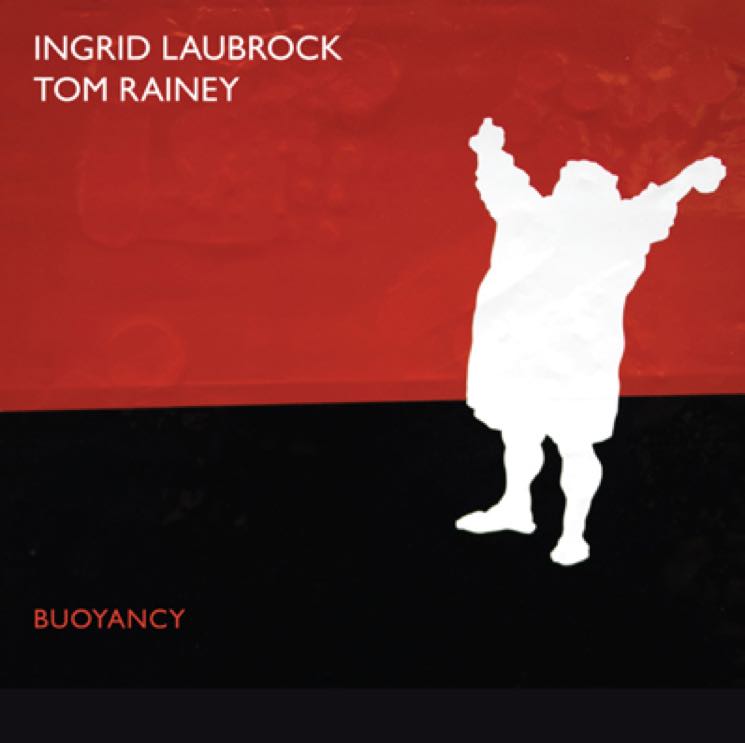Saxophonist Ingrid Laubrock and drummer Tom Rainey have a great deal of shared music-making history. Both are stalwarts of the Brooklyn scene, playing with a who's who of new jazz and improvised music: Anthony Braxton, Mary Halvorson, Kris Davis and Tim Berne, to name a few.
But while many musicians working in these genres often adopt a balls-to-the-wall approach, this duo take a different tack. Recorded live at the end of a 17-date tour, Buoyancy is the embodiment of intimate creative sharing. Moving between ebullience and restraint, their interaction is a model of considered spontaneity. Their sensitivity to one another's gestures is beautifully captured in "Twenty Lines"; at the track's opening, Rainey's whisper-quiet brushes envelope Laubrock's pianissimo multiphonics, tongue slaps and muted motifs. Her tenor's segmented phrases are sometimes left unaccompanied, given succinct commentary or met head-on. Things change abruptly when Laubrock picks up her soprano sax: the phrases are decidedly longer, more legato and swinging. The track's 16 minutes seem much shorter, as each of its many segments seems both like a new beginning and an intriguing variation on a previous idea.
On "Buoyancy," Laubrock's warm, big-belly subtone contrasts with her snarling split tones. There's a hint of Evan Parker in her fiery double-tonguing and a subtle echo of David S. Ware in how a few of her longer lines curl around themselves. Laubrock's staccato passages are energetically reflected in Rainey's snare shots, and the clear separation of the stereo recording captures the back-and-forth movement of their interplay. Buoyancy will repay repeated listens.
(Relative Pitch Records)But while many musicians working in these genres often adopt a balls-to-the-wall approach, this duo take a different tack. Recorded live at the end of a 17-date tour, Buoyancy is the embodiment of intimate creative sharing. Moving between ebullience and restraint, their interaction is a model of considered spontaneity. Their sensitivity to one another's gestures is beautifully captured in "Twenty Lines"; at the track's opening, Rainey's whisper-quiet brushes envelope Laubrock's pianissimo multiphonics, tongue slaps and muted motifs. Her tenor's segmented phrases are sometimes left unaccompanied, given succinct commentary or met head-on. Things change abruptly when Laubrock picks up her soprano sax: the phrases are decidedly longer, more legato and swinging. The track's 16 minutes seem much shorter, as each of its many segments seems both like a new beginning and an intriguing variation on a previous idea.
On "Buoyancy," Laubrock's warm, big-belly subtone contrasts with her snarling split tones. There's a hint of Evan Parker in her fiery double-tonguing and a subtle echo of David S. Ware in how a few of her longer lines curl around themselves. Laubrock's staccato passages are energetically reflected in Rainey's snare shots, and the clear separation of the stereo recording captures the back-and-forth movement of their interplay. Buoyancy will repay repeated listens.
